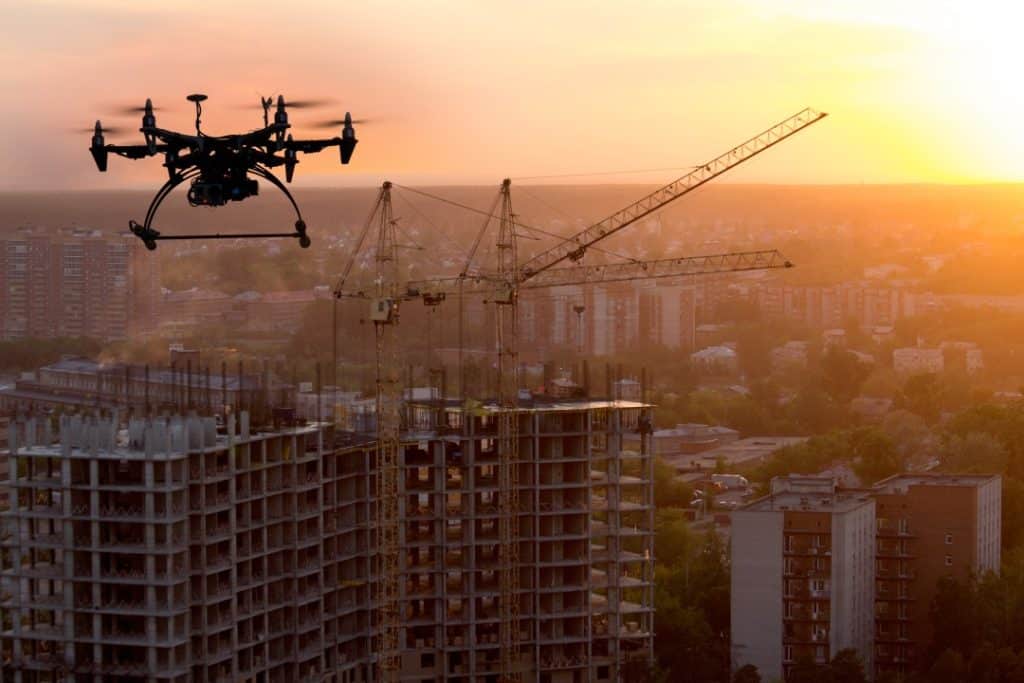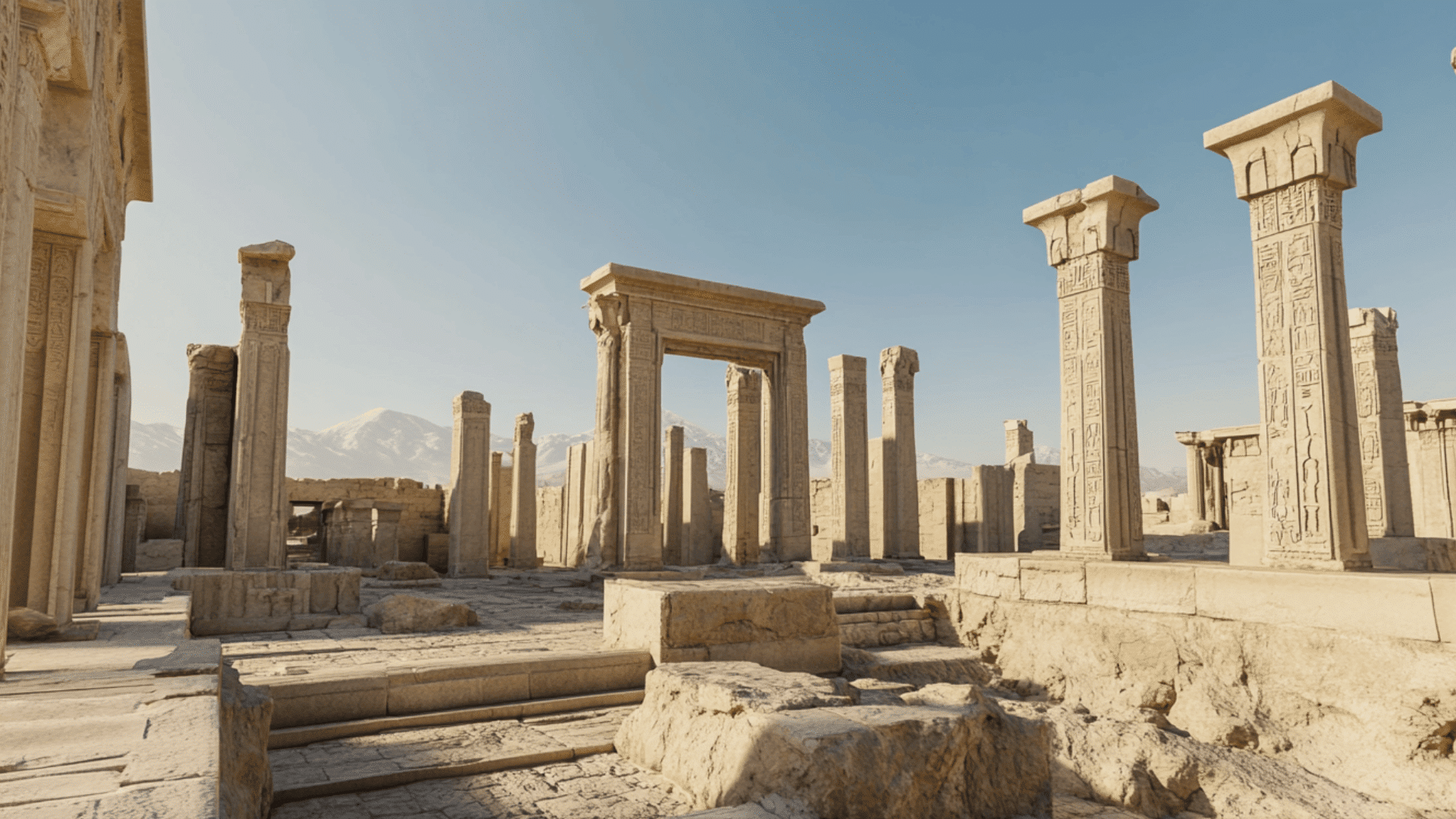Drones and AI Combine for Efficient Construction Site Inspections
The construction industry faces many challenges, often causing delays and safety risks. Traditional inspection methods struggle to keep up, making it hard to manage projects and ensure safety. Drones and artificial intelligence are changing this by improving inspections. These tools boost efficiency and create safer workplaces, leading to smoother projects and better results.
For workers on the ground, managing complex sites and facing risks is part of the job. Tools like aerial drone services handle high-altitude checks, reducing physical strain, while AI analyzes the data to spot problems early.
This means fewer accidents and less time in dangerous situations. With these technologies, including drone capabilities, workers receive better support and oversight, creating a safer and more efficient work environment.
The Rise of Drones in Construction

Drones have gained popularity in construction due to their capacity for capturing aerial views and collecting data safely. These machines allow for a perspective impossible to achieve through traditional means.
Technological advancements have greatly improved drone capabilities, making them essential tools for modern construction inspections. Enhanced flight stability, high-resolution cameras, and longer battery life contribute to their effectiveness in job site monitoring.
Integration with software applications streamlines data collection and analysis. Drones can easily scan large areas, delivering accurate topographical maps, site measurements, and progress updates without putting personnel in harm’s way.
By utilizing drones, construction teams improve their ability to identify potential issues early, ensuring timely interventions. The affordability of drones has also increased their accessibility, allowing even smaller companies to harness their power.
AI: The Brain Behind the Operation
Artificial intelligence transforms how data from drones is processed and used. These advanced algorithms work at incredible speeds, converting vast amounts of information into actionable items. By analyzing imagery and sensor data, AI identifies patterns that human inspectors might overlook.
This capability greatly enhances the inspection process, allowing for quicker decisions and immediate responses to potential problems.
AI software can categorize and prioritize issues based on severity and location within the site. Integration with drone data creates a detailed overview of the construction environment. Teams receive accurate reports on various aspects of the site, from structural integrity to compliance with safety regulations.
Improved Safety Measures
Safety remains a foremost concern in the construction industry. Drones combined with artificial intelligence introduce a new era in site monitoring. These technologies enhance oversight capabilities, allowing for quicker detection of potential hazards.
Traditional inspection methods often require personnel to physically access risky areas, increasing their exposure to dangerous conditions. With drones, high-risk zones can be safely inspected from above. This reduces the likelihood of accidents and injuries, promoting a safer work environment for everyone involved.
AI enhances safety measures by analyzing aerial data to predict risks and spot potential issues early. Regular drone surveys provide detailed visual records, which help identify patterns like structural weaknesses or equipment problems. Catching these hazards early allows teams to address them before they become serious.
Real-Time Insights and Reporting

Instant access to data can significantly shape project outcomes in construction. Drones equipped with high-resolution cameras capture visuals that provide a clear view of the job site. These aerial images, combined with AI analysis, create an effective system for real-time reporting.
By merging these technologies, construction teams can identify issues as they arise. Quick decision-making becomes possible, allowing teams to adjust plans or resources on the fly.
AI algorithms interpret the data from drone footage, producing detailed reports rapidly. This capability enables teams to evaluate project progress and resource allocation efficiently.
Teams can receive updates on various aspects of the construction environment, such as timelines and quality metrics, almost instantly. Results highlight areas that may need attention, supporting proactive management rather than reactive responses.
Cost Savings and Increased Productivity
Investing in drones and artificial intelligence may appear challenging initially. Many construction companies might hesitate due to upfront expenses and the learning curve involved. Over time, however, the financial benefits become apparent.
Drones can efficiently gather data, reducing the amount of time needed for inspections. This leads to faster project completion and fewer unforeseen delays, both of which contribute to cost-effectiveness.
Resource utilization improves when implementing these technologies. Drones eliminate the need for extensive manual labor during site assessments. Fewer personnel are required in hazardous zones, minimizing labor costs while keeping workers safer. AI enhances this efficiency by analyzing collected data swiftly, allowing teams to make informed decisions quickly. Identifying potential issues early helps avoid costly repairs and setbacks.
The integration of drones and artificial intelligence marks a turning point in construction practices. Enhanced efficiency emerges from streamlined workflows and proactive safety measures. Teams equipped with these technologies experience smoother project executions, reducing delays and minimizing risks on site. This shift opens up opportunities for improved performance and higher standards throughout the industry.
Greater access to real-time data supports informed decision-making, preparing construction teams for future challenges. As these innovations continue to advance, the potential for transforming construction tasks and outcomes is immense, promising a more effective and safer work environment for everyone involved.







